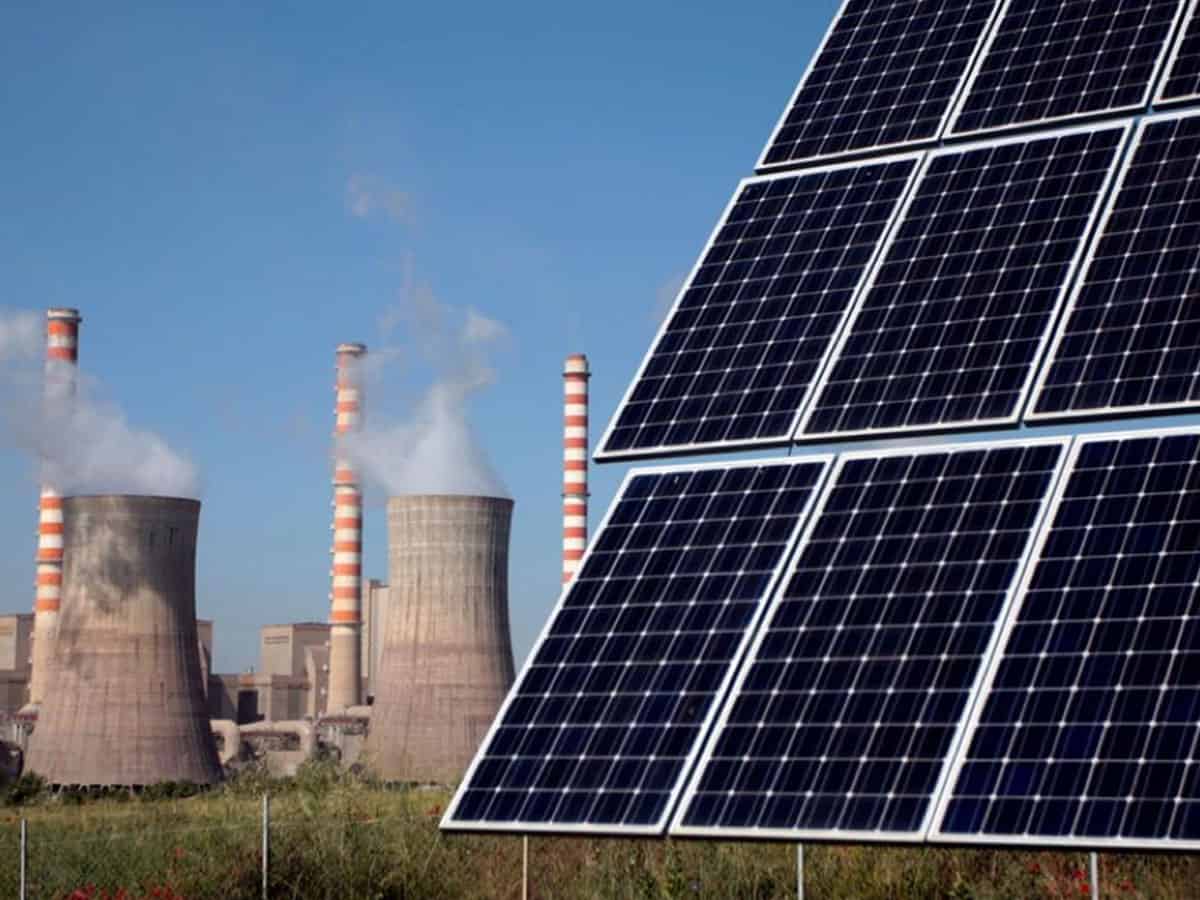Hussain Saify
Coal vs. solar
Decisions like opening up coal mines to 100 per cent for Foreign Direct Investment (FDI) and privatization were aimed towards increasing productivity in the sector.
Yet such a decision raises some question marks for the path ahead.
As of 2015, there are around 430 coal mines in India and the government expects a capital investment from the private sector of Rs. 33,000 crore over next five to seven years.
Plus, coal mining is also being viewed as an avenue for providing employment to 2.8 lakh people directly and indirectly.
Coal and Mines Minister Pralhad Joshi says that Rs. 50,000 crore is being invested in the sector to increase India’s coal output to one billion tons.
While India has established itself as one of the largest markets in solar energy production, the decision to further invest in and liberalise the coal sector makes the government’s stance even more confusing towards renewable energy.
Had an amount as much as Rs. 50,000 crore been invested into the Solar Project, India would have had three more Solar Plants — probably the largest in the world for that amount.
Coal
Coal is the single largest source of air pollution and Carbon Dioxide (CO2) in India. According to B.K. Singh, former forest conservator in Karnataka, total CO2 emissions, 50 per cent of Carbon Dioxide emissions come from burning coal.
Not only will the privatising the coal mining sector increase pollution, but it will also hinder the growth of the solar industry.
Solar Energy and its problem
The solar sector is witnessing a boom in the Indian market. Hence, the Indian Railways is showing its interest pursue one such project to decrease its dependency on coal related energy.
Although, the major problem with the solar sector is that it is not much of a job creator apart from the production of the solar panels and labor force required to set up a plant.
With a population of 1.2 billion and counting, the country has an unemployment rate of 23.50 per cent as of April 2020.
Given the ongoing rough patch due to the pandemic and a country where elections are literally fought on the issue of jobs, the entire employability rate of the solar industry is thereby called into question.
Impact on the society
The Adivasi community has always been victims of this problem as they largely reside in states that are hotbeds for mineral reserves like Chhattisgarh, Jharkhand and Odisha.
The community constitutes eight per cent of India’s population.
Yet, they are 40 per cent of the 60 million people displaced by development projects in the past decade as per government estimates.
The community is said to reside in forest areas and is known for their attachment to the land with their indigenous culture. Not only are the Adivasis’ lands exploited, but so is their hard labour.
While issues like child labor, poor life expectancy and exploitation of workers continue to linger, India has reported 377 casualties in its mines during past three years.
Even today, India relies on coal for 50 per cent of its electricity production. Yet, the amount of carbon footprints which coal leaves definitely does not bode well for the environment.
This cannot be overlooked.
In parallel, the transition from a coal dependent energy policy to a solar one should be smooth. If not, it would be chaotic for the country, its citizens and its labour landscape.

